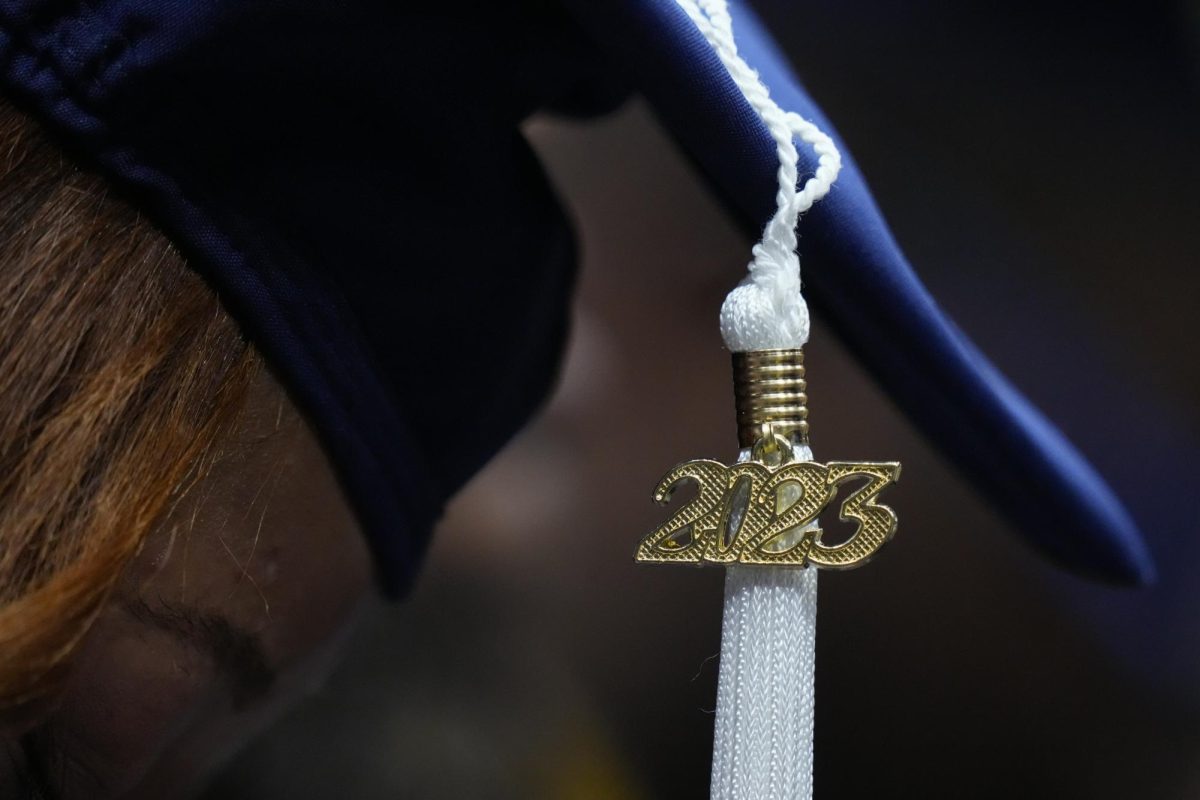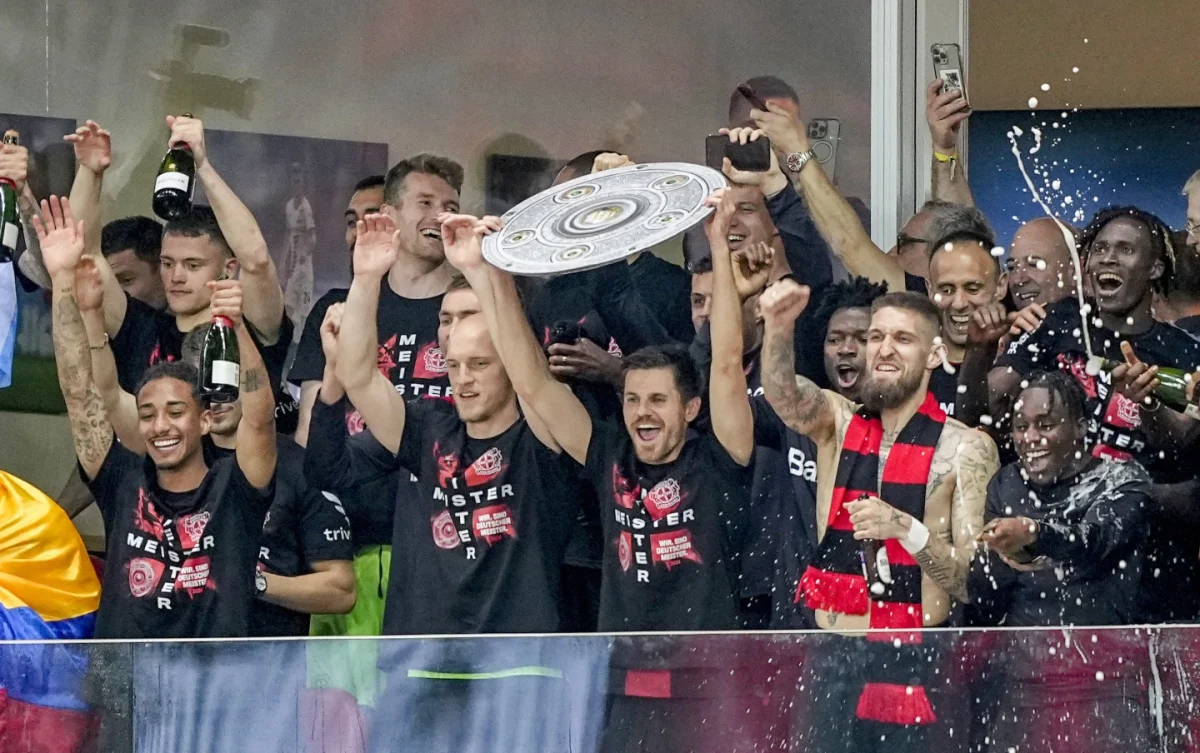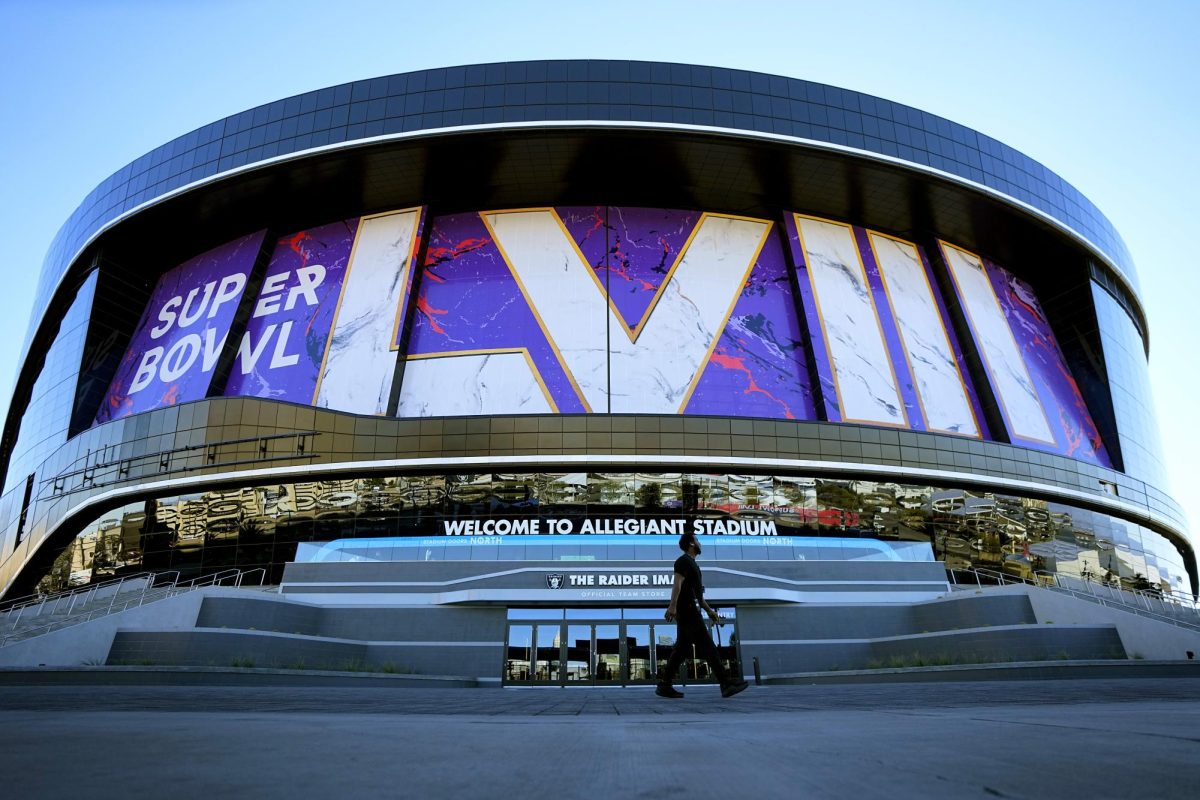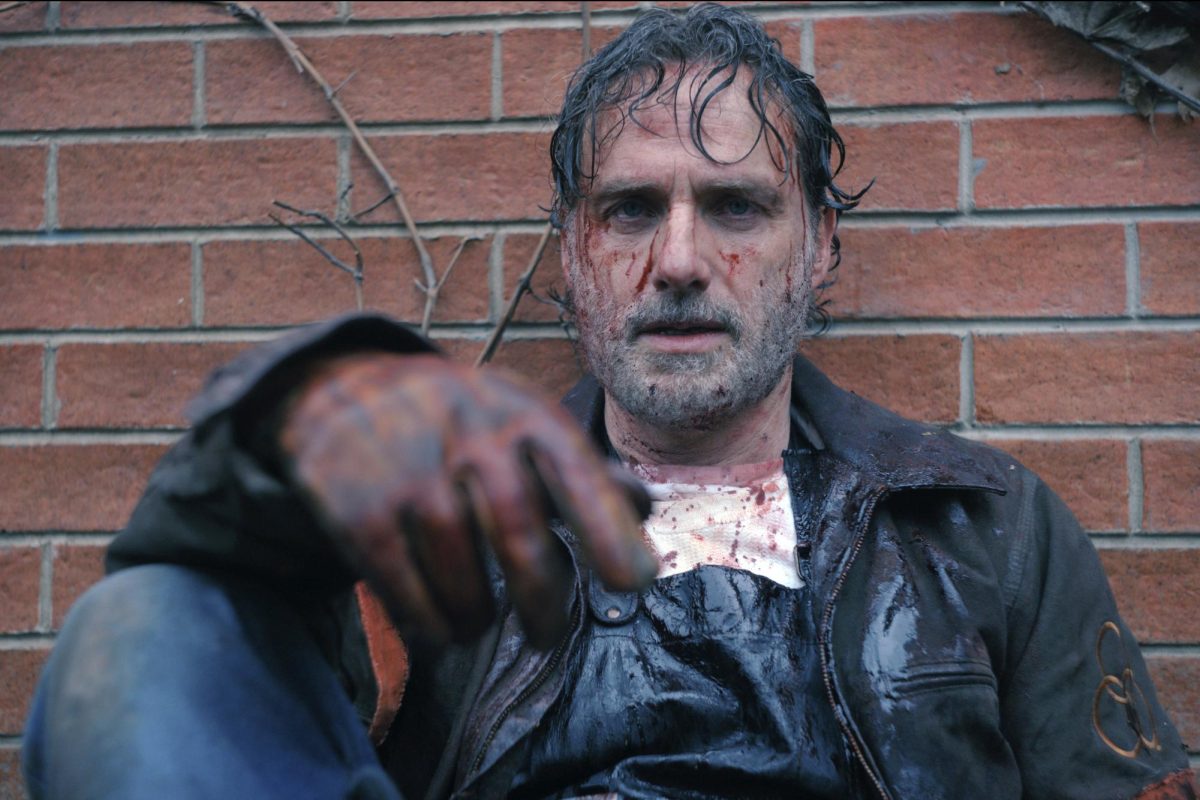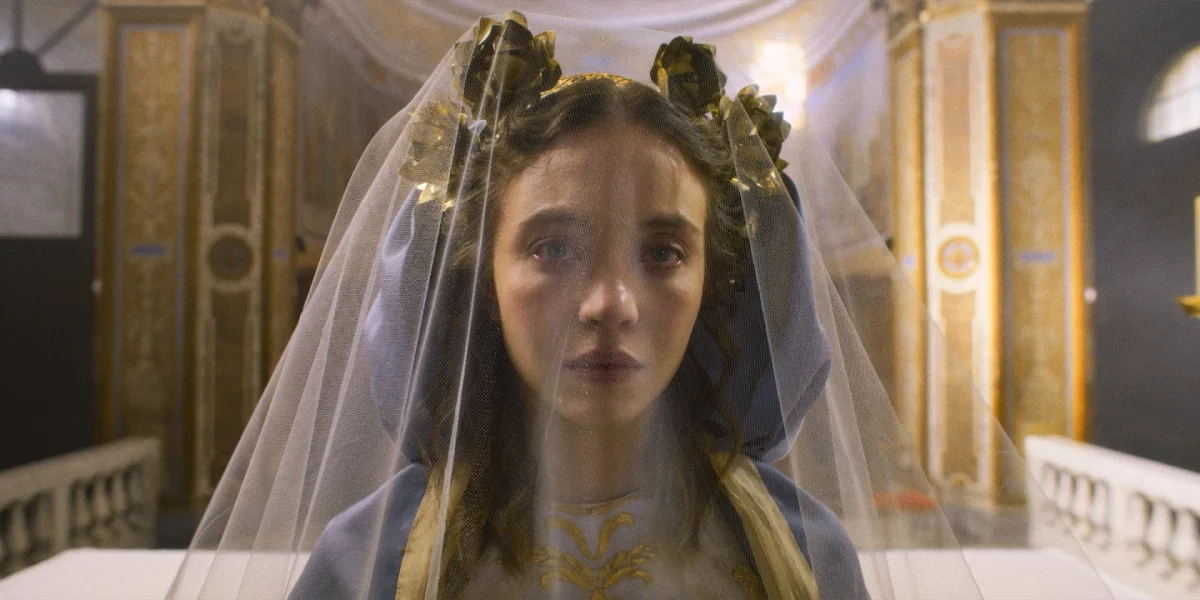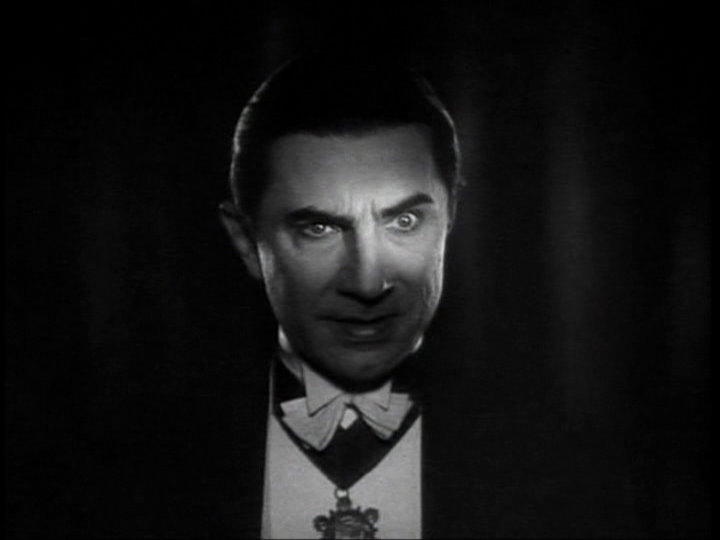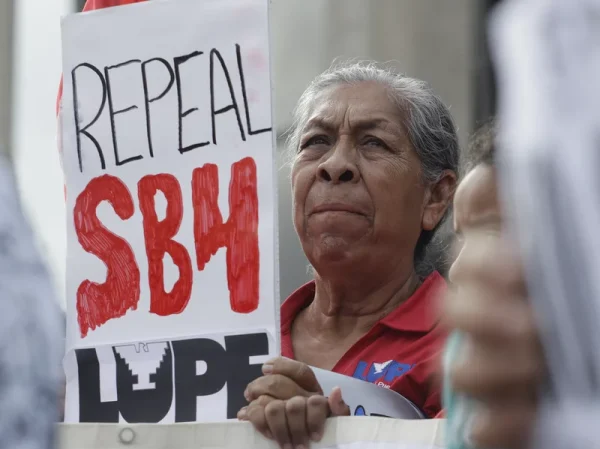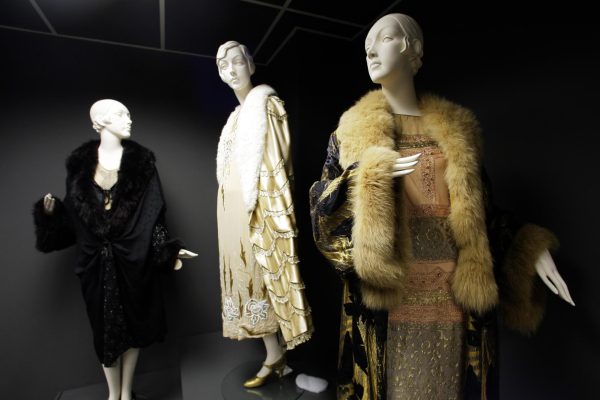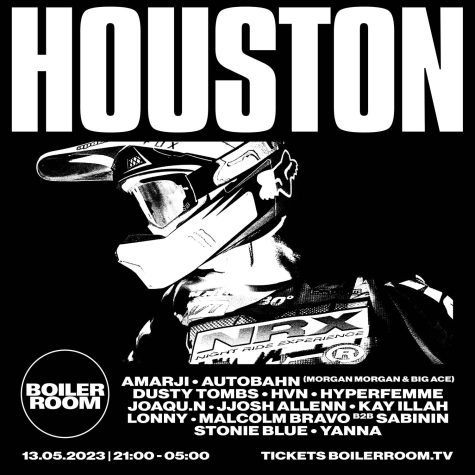In Retrospect: Dracula (1931)
July 5, 2017
By now, the figure of Count Dracula has passed way beyond familiarity. The idea of a Transylvanian King of Vampires has reached the point where archetype has become cliché. If the current expression of the vampire myth in pop-culture means anything, it is that we have ceased to take it seriously, and treat more as either a fashion statement or a joke. This is a mistake. For one thing, it comes from a very limited view of the concept. It ignores how the archetype serves as a potent metaphor for addiction and abuse. For another, the current take on vampires is able to combine a limited imaginative outlook with a troubling, stunted emotional reaction. In other words, it is possible moviegoers have forgotten what it means to scared.
This is why some why ought to be found of helping the audience rediscover its capacity for imaginative fear. At the moment, we lack the capacity to be unsettled by the finer shades of horror. Because of this, films like Tod Browning’s 1931 adaptation of Bram Stoker’s Dracula can only suffer from a lack of understanding. Again, this is a mistake.
Browning’s adaptation, which stars the iconic performance of Bela Lugosi, more or less follows the familiar tale of the Count as he makes his way from Transylvania to London, with his intent to create and army of the undead, which he may use to rule the world.
All of this is straightforward, and it is that sense of familiarity which the audience has to overcome if the film is to be given its due. The horror comes from two interrelated aspects of the film. None of these chills have anything to do with the fast-paced graphic, in your face gore that people have come to associate with the genre. The first element is so well hidden that it often goes over the heads of most viewers. It is the underlying sense of racial class hypocrisy that allows Dracula easy access to parlors and drawing rooms of England’s upper-class system.
It is doubtful the Count would have survived for long if he didn’t depend on his status as a member of the nobility. The rigid and unforgiving social strictures of Victorian Britain wouldn’t have permitted much fraternization with any foreigner deemed as “The Other”. At the same time, money and titles go a lot farther than any effort at diplomacy. The irony is that it is this very same class-system that is responsible for putting all of Britain in peril. The Ruling Class is willing to discriminate against working class foreigners who want nothing than to just build a life for themselves, while being more than willing to court their own destruction, as long as it involves “the right sort of people”, international or otherwise.
The second aspect of the film’s horror is also the one that is most often singled out for criticism. These are the technical aspects of filmmaking at the time. Alfred Eaker, a critic and blogger, has written an admirable review in defense of these elements as actual strengths rather limitations. There is a genuine warped quality to the whole proceedings, the sense that everything is somehow off-kilter and skewed. This is not a normal universe that the audience has stepped into. It is more like a living surrealist tableau. It is a film that deliberately seeks to be outré.
Such creative choices are always a gamble, and there is nothing foolproof involved. Dracula is a film that constantly treads a fine line between high and low concepts of film frights. It is a testament to Browning’s sure hand that his direction never quite falls into pretentiousness, which is a constant hazard in this sort of endeavor. It is Browning’s and Lugosi’s intention to try and display horror as an actual artwork worthy of being a museum piece. Instead, what I found surprising on this re-watch was how well Browning is able to keep the appreciative viewer on his toes. There are dialogue scenes which lull the viewer into a sense of calm, only to be jolted by a sudden violent development. The viewer gets the sense of being pleasantly unsettled as one event follows another. Browning and Lugosi are able to keep their balance on the tightrope in the end, and the fact that people are still talking about the film all these years later is a testament to the achievement of both artists.
It may all look easy, yet pulling off a good work of horror is perhaps the most difficult feat in cinema. There a too many temptations for the maverick in this field, such as not being to tell the difference between art and gore. The same criticism applies to audiences. Dracula is a film that demands a higher level of imaginative sympathy from the viewer. It is also about the more sophisticated approaches to delivering chills to patrons. If Universal Studios wishes its new “Dark Universe” franchise to succeed, perhaps it should go back and study just what it was about their gallery of original monster movies that made them work.






